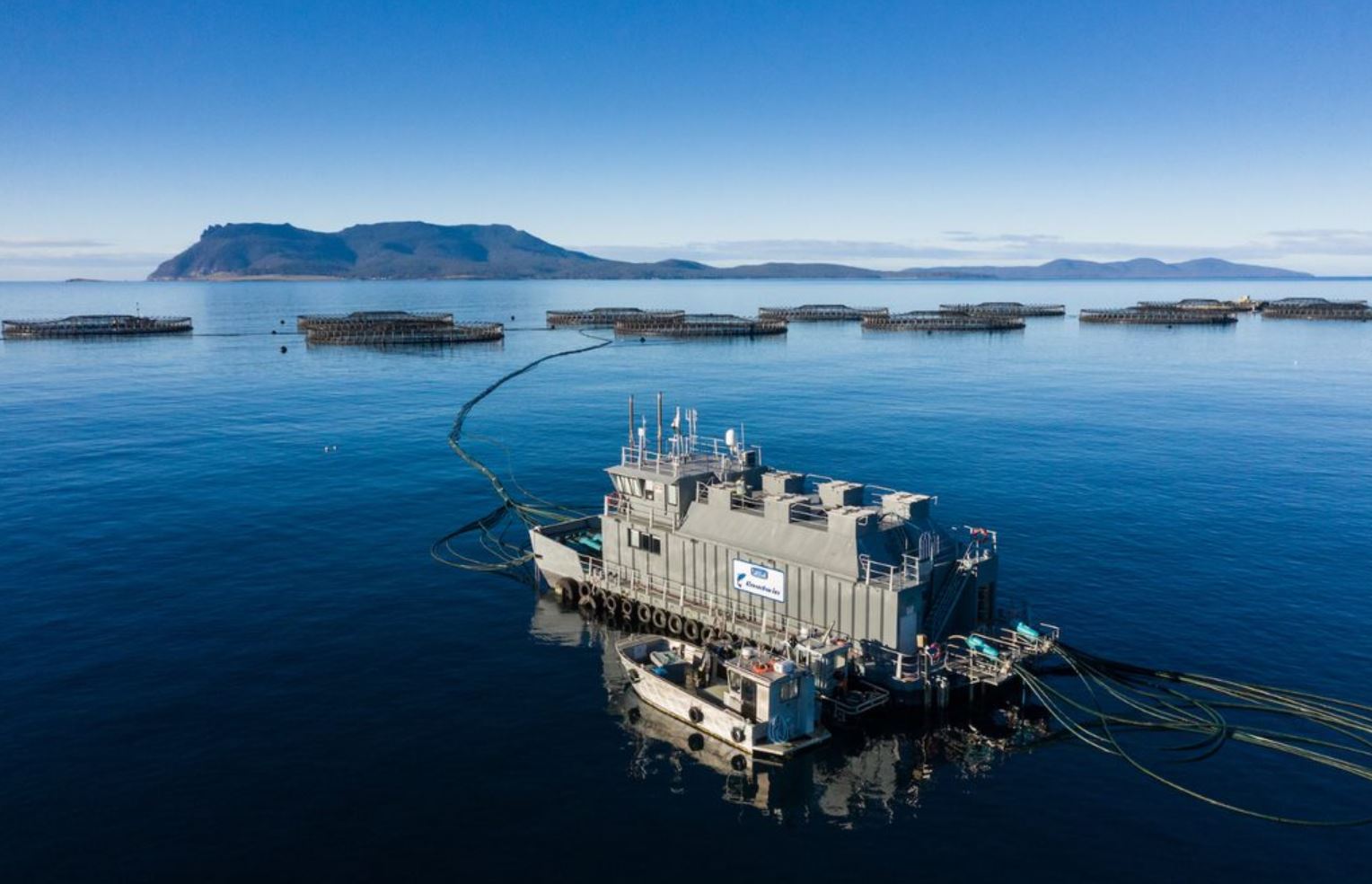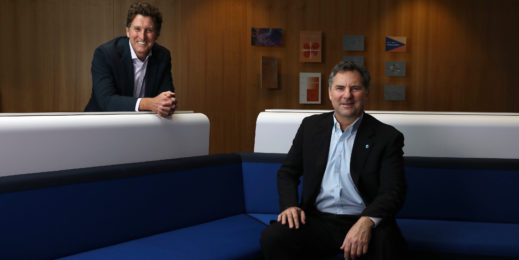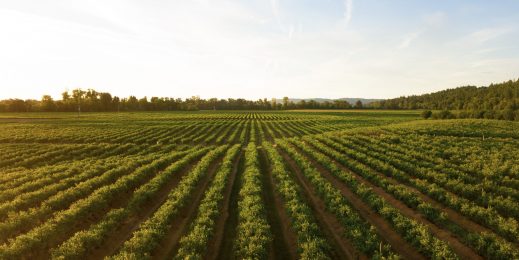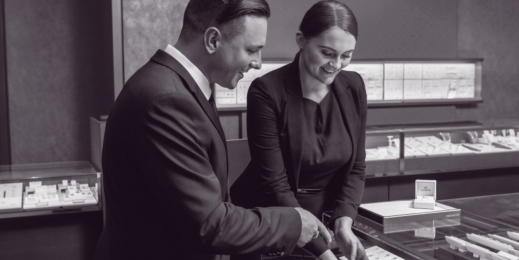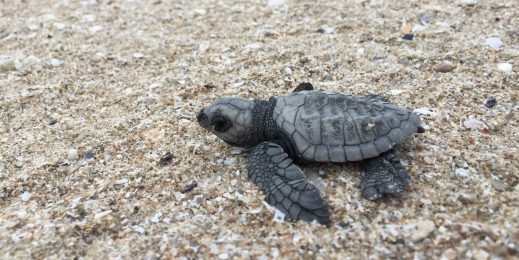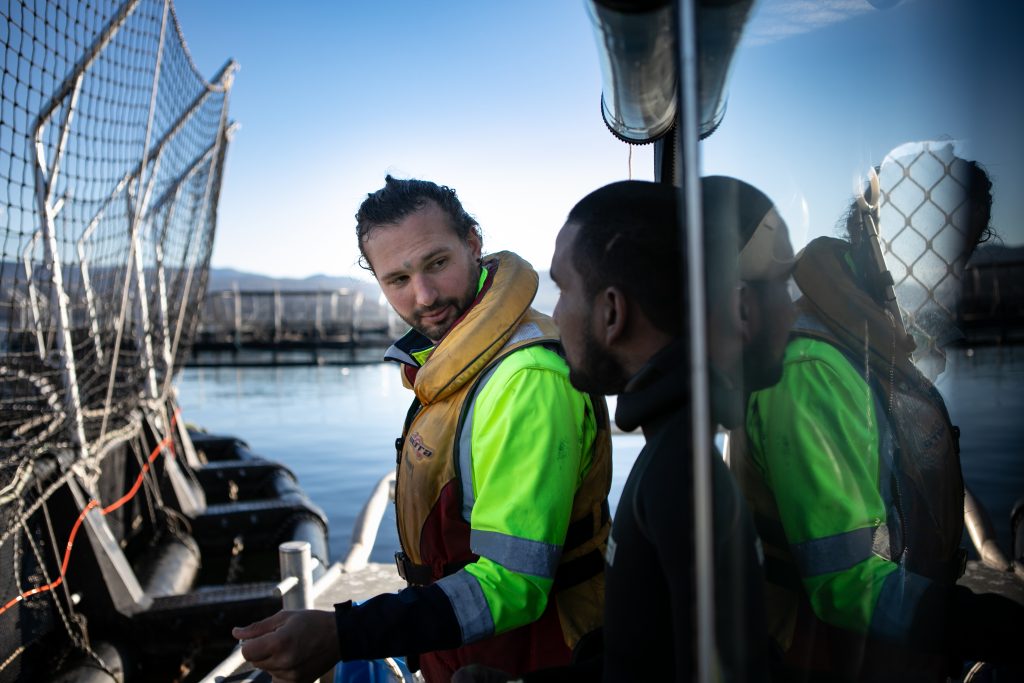
Data delivers catch of the day for Tassal with source to plate insights
For 35 years, Tassal has supplied Australia with Tasmanian-farmed Atlantic salmon. The company is on target to supply almost 10 million fish this year – most destined for local dinner tables, with about 30 per cent exported.
Tassal strives for leadership in its use of digital technology; utilising data to steer its feed automation, leveraging cloud platforms to optimise operations and enhance employee safety, and using real time analytics to manage assets and processes.
Aquaculture is a highly technical, highly competitive segment of the national economy and represents an important, responsible and efficient supply of animal protein in our diets.
Just how efficient a supply of protein is reflected in the amount of animal feed that it takes to produce a kilo of meat or fish. For example, for every kilo of beef, as much as 9 kilos of feed has to be eaten by the steer. Chicken is around the most efficient source of terrestrial meat protein with a Feed Conversion Rate (FCR) of around 2 kilos of feed per one kilo of chicken.
For salmon the FCR is even more efficient – around 1.2 kilos of feed per kilo of fish.
Data plays a critical role in driving efficiency across Tassal – working out exactly what feed delivers the best fish quality and health results and how to get that to the fish in the safest way.
Just four years ago Tassal’s FCR rates were up at around 1.4 kilos of feed per kilo of fish – the impact of being able to reduce that to 1.2 for the entire annual harvest of 35,000 tonnes of fish is considerable and reinforces the importance of data driven decision making.
Chief information officer, Matt Leary is leading the digital transformation underway at Tassal, leveraging Dynamics Business Central for Finance and Operations, to provide ocean to supermarket supply chain visibility. Tassal also uses Dynamics 365 Field Service as well as the Microsoft Power Platform to empower employees to create apps to automate processes and drive efficiencies across the entire organisation.
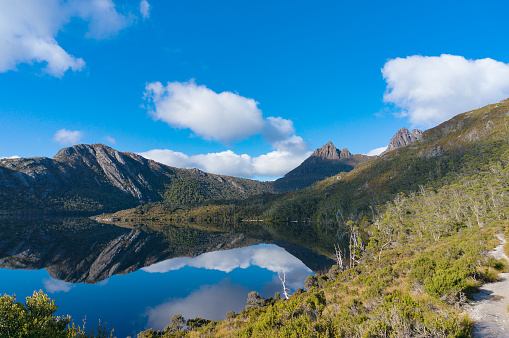
A long-time user of WiseFish, an Iceland-developed system based on Dynamics Business Central, that tracks seafood from source to plate, Tassal currently runs this on premise but Leary says that there are plans to migrate to the cloud.
Tassal has also deployed Office 365 across the organisation, and benefitted from being able to use Teams extensively for training and change management during the COVID-19 pandemic when face to face options were difficult.
While Dynamics Business Central and WiseFish address the core supply chain and financial needs of Tassal, multiple manual processes and data collection points had spun up around the physical farming of salmon. Encouraging people to use the Power Platform to develop more efficient digital approaches has been a genuine success, says Leary.
As he explains; “We had areas of the business, particularly in farming, that just had no e-system for their operational management. We have software that manages the livestock, so we were able to keep track of the salmon from when they’re hatched, all the way through to harvest, but there were no systems around all the activities that actually went around that.
“A lot of manual processes have evolved over the years. Lots of paperwork and Excel spreadsheets. Every farm was using a different spreadsheet that someone had built many years ago. In a lot of cases people would be writing things down when they’re out on the water, and then they’d have to get back to the office at the end of the day to sit at their computer and re-enter stuff into Excel.”
Democratising development
Aware of the capability of Microsoft’s Power Platform, Leary recognised that the low-to no-code system could be used to extend its Dynamics 365 platform and develop apps to capture data and streamline processes.
There were a few people within our farming business that wanted to get on board the citizen developer train, so we enabled them with Microsoft Power Apps, with a little bit of training and a little bit of governance, to just start creating some apps, using SharePoint as a backend.
At the same time Leary started working with Microsoft partner Barhead on a broader strategy to automate processes and ensure data was captured and immediately accessible across the group to boost efficiency and allow management to make decisions confident of the accuracy and timeliness of the data.
Working with Barhead, Tassal has deployed Dynamics 365 Field Service and seen the roll out of ten Power Apps, combining in what Leary describes as Tassal’s Smart Farm operational system.

A Power App governance group has been formed and meets monthly to support people across the organisation who are developing their own apps for a specific purpose, and also ensure that Apps are enterprise grade to allow widespread deployment and value.
It’s already having significant impact.
“The level of detail we’re actually capturing now, digitally, around our fish health inspections is just far greater than what it ever was on paper,” says Leary. Traditionally two people would go out on a boat to conduct a fish health check, examining a sample of 100 fish drawn from a particular holding pen.
One would examine the fish, one would note down the observations on a clipboard. Eventually the data would be input to Tassal’s database.
Now with Field Service and Power Apps, we’re capturing those digitally – we’ll pick up individual health, fish health inspection data points. And over time, that data set is building up and that’s contributing to a much greater awareness of the detailed data that’s sitting behind those fish health assessments.
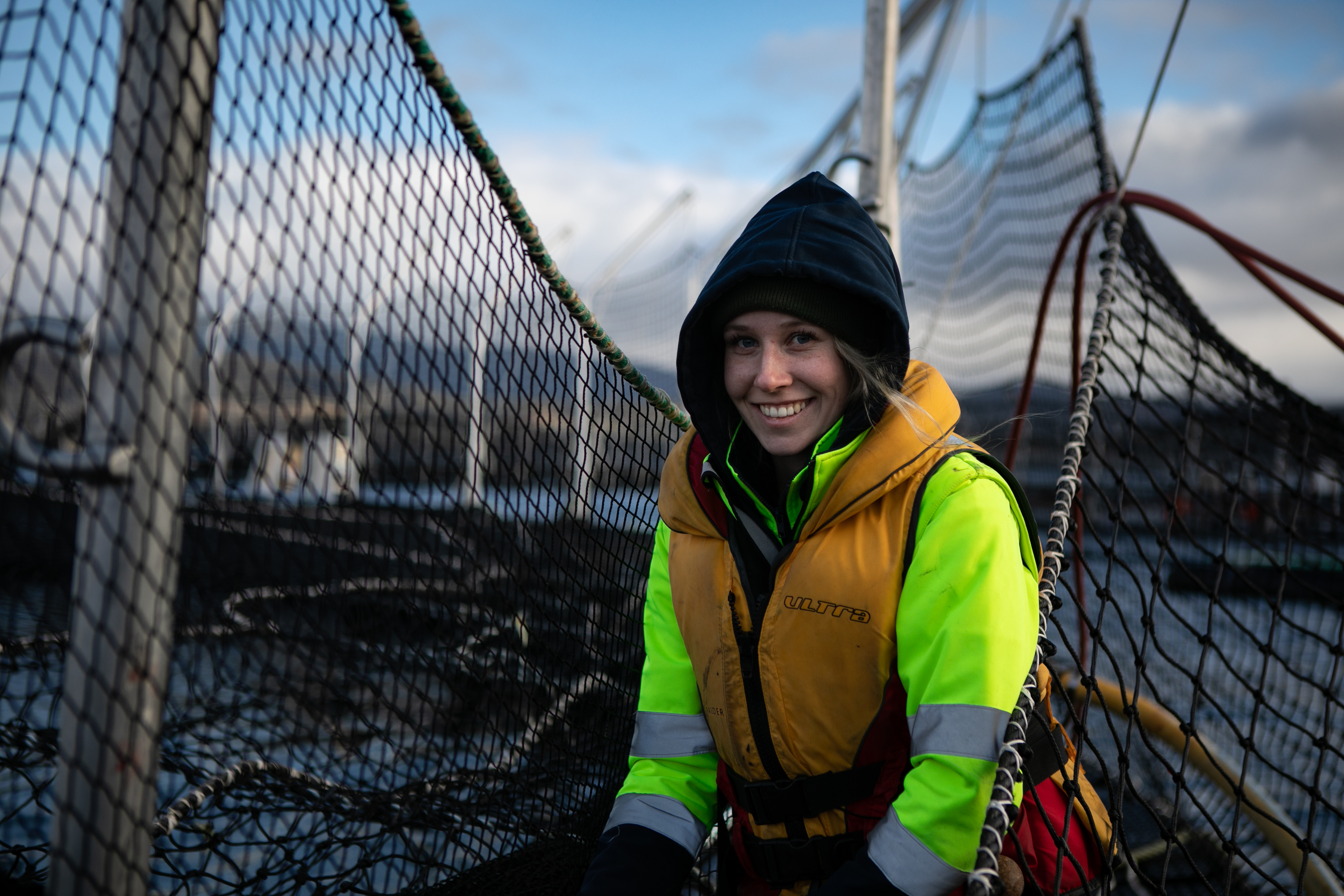
Site managers now have complete visibility over operations, with all data recorded and available in real time. Over the next year Leary expects to have some significant metrics confirming the impact of the new approach.
David Burns, Barhead sales director says; “We worked with Tassal for a couple of months to really understand the processes involved in responsible aquaculture, and then scoped out the Smart Farm operation system which has Dynamics 365 Business Central and Field Service at its heart.
“Add in the Power Apps that are being developed, and the data that is being collected out in the open ocean or in breeding pens and you have a really rich collection of information that is allowing Tassal to optimise its operations, boost efficiency, keep its staff safe, and ensure that the fish are farmed in the most sustainable way.
This is a digital platform that will keep Tassal at the forefront of responsible aquaculture and deliver consumer peace of mind with that source to plate information about what they are feeding their families for dinner each night.
Ongoing innovation
The Smart Farm system has been rolled out across all of Tassal’s operations – and the organisation is now working with Barhead on incremental innovation.
It’s currently working on a system to support the operation of its ‘well boat’, an important asset which is critical in ensuring the health of the salmon and safety of the workforce in the rougher waters offshore.
Atlantic salmon can contract Amoebic Gill Disease (AGD) which, left unchecked, can kill fish. To ensure fish health, Tassal has taken out a 10-year lease on a well boat – a 3,500 cubic metre freshwater “aqua spa”. To protect the fish the salmon are bathed in the freshwater contained in the well, when they are 6-8 weeks old, to remove the problematic amoeba and ensure their good health when they are returned to ocean pens.
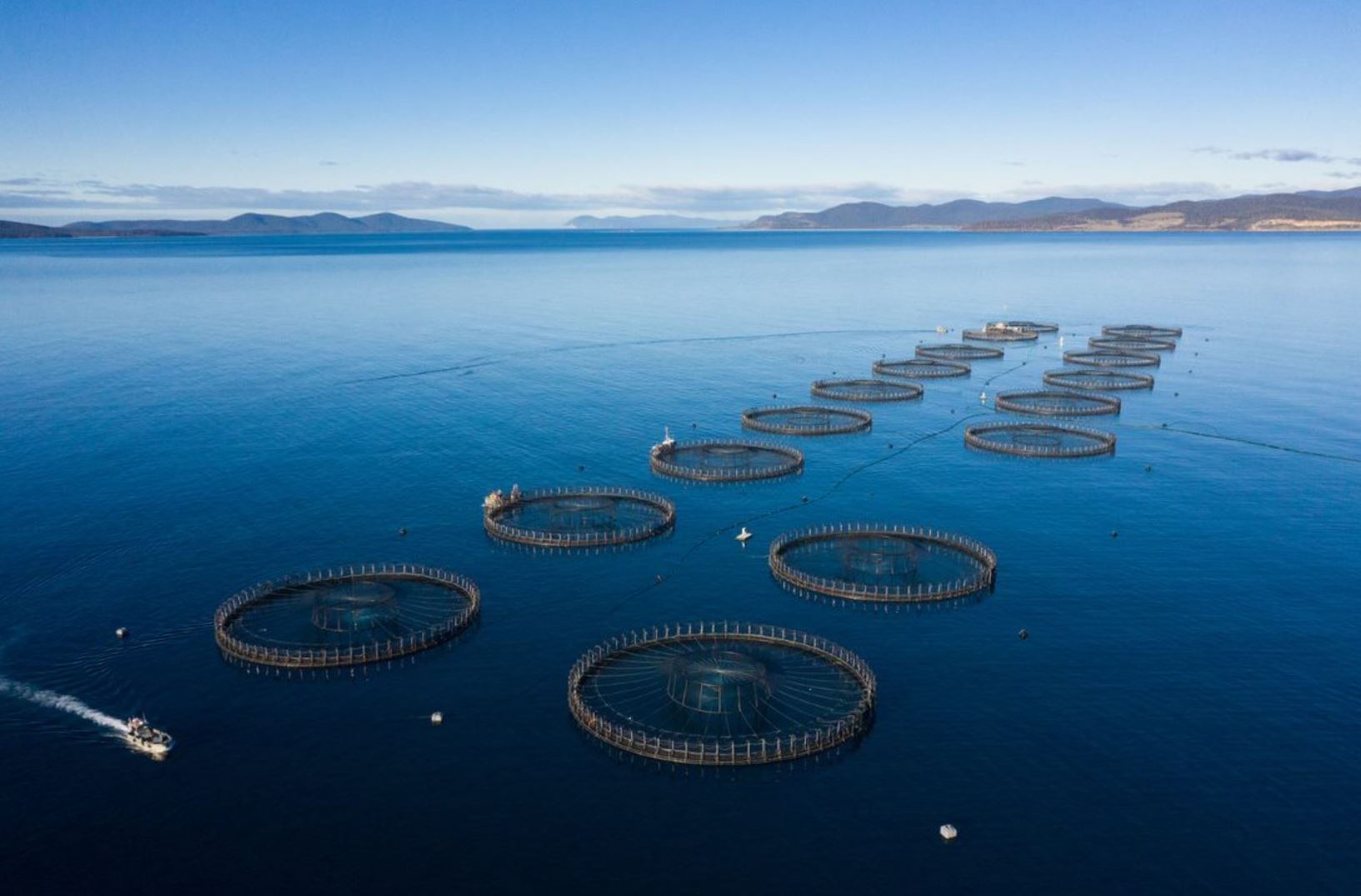
As Leary says; “You can imagine it’s a costly exercise. It’s a large boat, it’s got a crew. So, we’re adapting our Smart Farm system at the moment, so that they’ll use the system to schedule and track the activities of that boat as well, using Dynamics Field Service.”
More broadly Dynamics Field Service will be used to manage and track Tassal’s asset base that spans everything from pens and nets to feed barges.
“Then we essentially use the work order functionality to track jobs- and that can be proactive,” says Leary. In a complex business such as aquaculture, where much of the farming takes place in pens in open waters it’s important to have clarity about what is happening where, when and why.
“We’ve been doing a bit of work in one particular site here in Tasmania we call West of Wedge, which is, at the moment, one of the roughest salmon farming sites in the world,” says Leary.
“We’ve had a couple of trial pens there for the last 12 months, and as part of that, we’ve had IoT (Internet of Things) sensors placed on infrastructure under and on top of the water. Force and movement type sensors sitting on the mooring systems, testing strains and the conditions that these ropes and mooring systems are subject to.
“We have installed GPS location sensors on some of the floating infrastructure, so that in the event of storms we can track them if they are damaged and prevent marine debris problems.”
On the sustainability front, Tassal is also using data, analytics and the Power Platform to capture information particularly regarding the “benthic environment” – the seabed below the salmon pens.
Tassal has to adhere to strict environmental regulations about the health of the benthic environment and is reliant on accurate and up to date data for reporting and to make decisions about the best time to relocate pens.
Better tomorrow
Leary acknowledges that it’s still “early days” in terms of Tassal’s use of IoT, but over time he expects more sensors will be deployed on the company’s vessels, with data integrated directly to the Smart Farm platform.
Ultimately, the more data available – whether collected within the supply chain, through Power Apps, or from IoT sensors – the more confident managers can be that they are making the right decisions with regard to asset management, personnel safety, fish health and sustainability. Power BI has been rolled out to allow managers to use dashboards to access the data they need to manage operations day by day.
Besides its salmon farming business, Tassal is also developing prawn farming operations in Queensland and NSW, with a goal to farm 4,000 tonnes during FY2021. As land-based aquaculture, prawn farming provides additional opportunities to use IoT sensors and Power Apps to help automate and streamline processes.
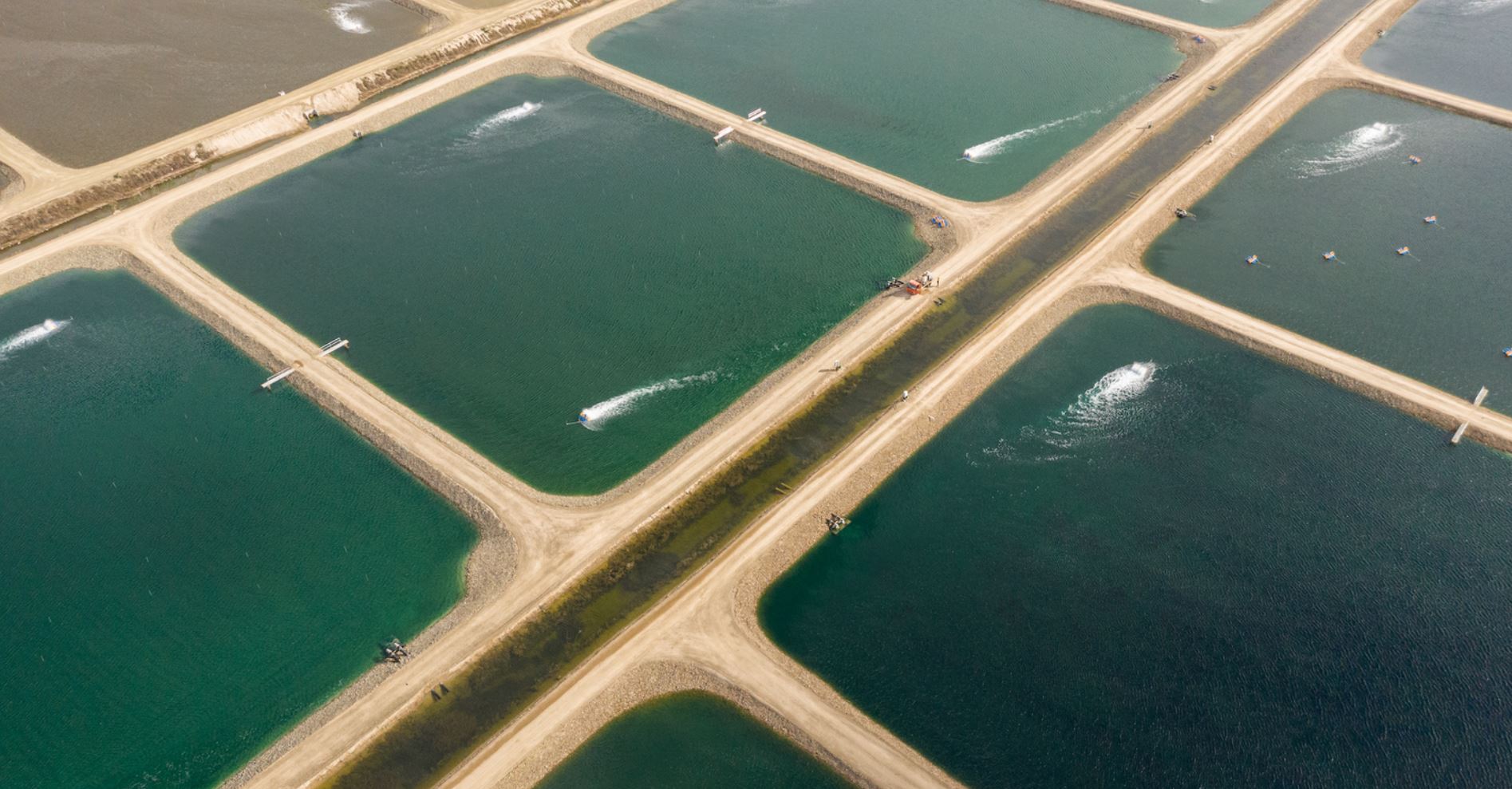
Leary says; “We have deployed half a dozen apps that we’ve built over the last 12 months as we’ve scaled our prawn farming. We’ve gone in there with a mindset that we want to do things digitally from the start. So we’ll just basically build apps in the Power Platform to replace what might’ve been an Excel or paper process previously.”
Leary says that data is increasingly recognised as being the lifeblood of a successful and sustainable aquaculture business.
“You go through a situation where a lot of the easy wins are just about implementing systems and improving processes. That’s becoming more of a diminishing return, so increasingly, to be able to continue it, to find efficiency and improve, you just have to get smarter with how you manage your data and analyse it.”
He says Tassal is investigating how it might use machine learning, predictive analytics and machine vision to deliver further quantum gains.
For example being able to analyse underwater video to gauge the health of the salmon in ocean pens would be a huge win for the business.” We capture a lot of video of our fish, and it’s high-definition video, so there’s opportunities for machine vision solutions to start to pick up on things that the human eye can’t pick up,” says Leary.
“Our focus, historically over the last few years, has been around the data capture, now we’re trying to build out our cloud architecture and infrastructure to enable us to start to bring some of these more advanced tools to bear.”
It’s a glimpse of the future for responsible farming.
